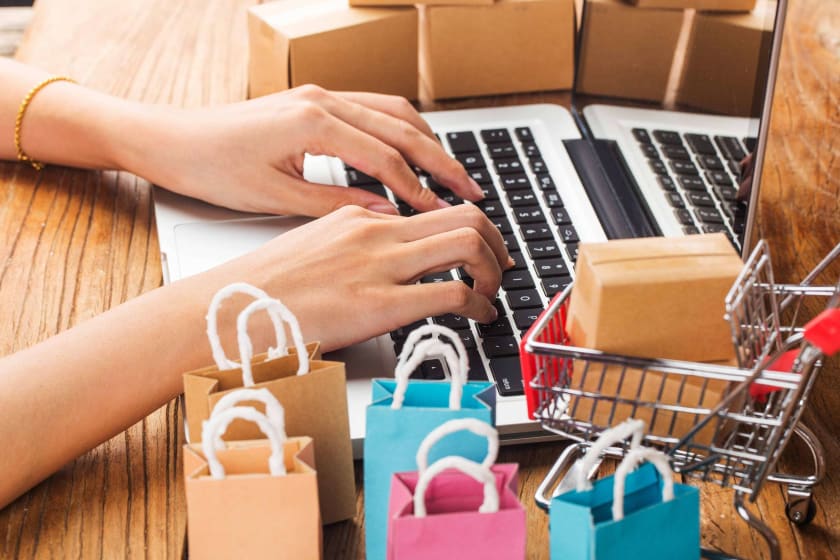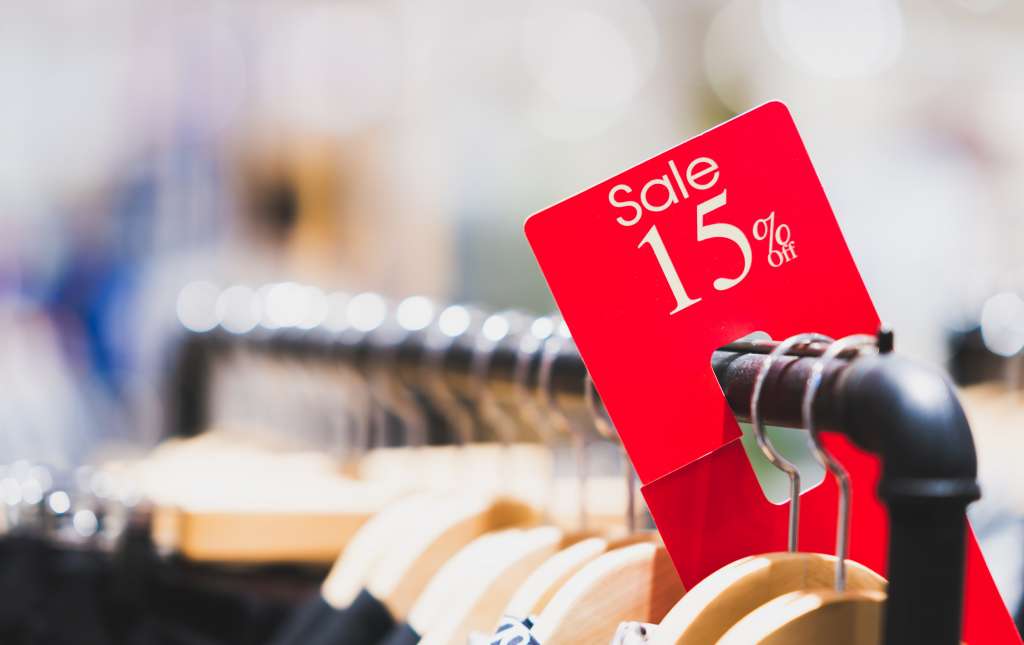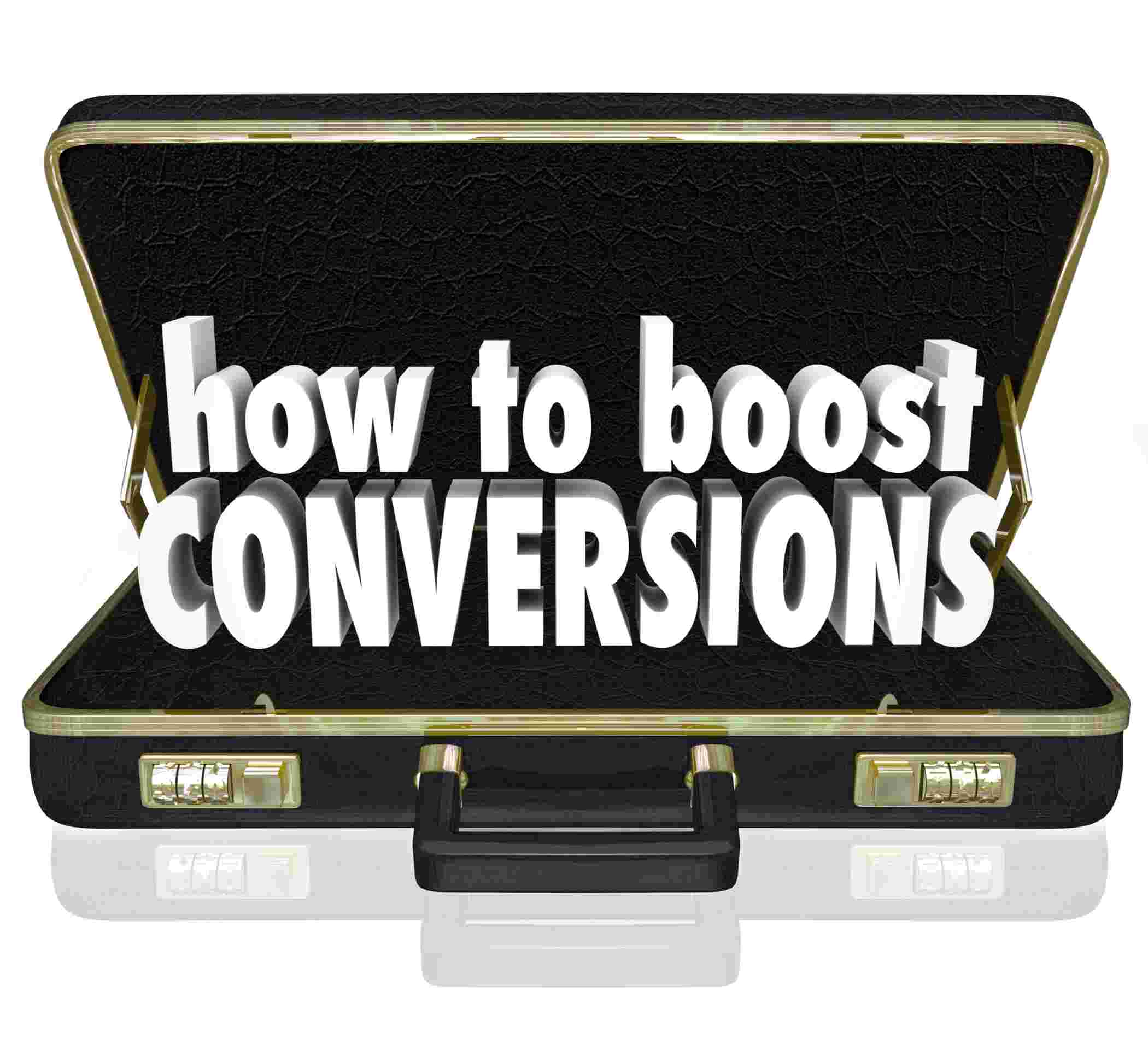Five merchandising strategies to promote impulse buying



Introduction
According to CreditCards.com, impulse buying accounts for 40% to 80% of all purchases. Grocery stores worldwide have mastered encouraging impulse buying to increase sales. This guide is a deep dive into the psychology of impulse buying and how it can be used to increase sales in retail and eCommerce environments.
What is impulse buying?
Impulse buying is when people purchase something they do not intend to. Impulsive buying decisions are difficult to avoid when made on the spur of the moment and driven by feelings. These transactions often take place right before the customer leaves the store.
The psychology behind impulse buying
Research shows that impulse buying is often a cost-benefit analysis between desire and self-control. People avoid things they know are wrong, like binge eating, hitting the snooze button, or buying things they don’t need. However, their emotional state of mind often contributes to their ability to override their “wants” and place their “needs” first.

While the exact reasoning behind impulse shopping can be pretty complex, some common patterns have emerged:
- A good deal: Discounts and offers often play a role in convincing shoppers that they’re getting good value for their money.
- Uniqueness: Some shoppers place a higher value on novel or one-of-a-kind products. This is why limited edition products perform very well in the market, even though they may not offer any value over a regular product at a lower price.
- Connect with the product: Although physical businesses and online retailers experience impulse purchases, brick-and-mortar establishments outperform internet retailers on this front, as physical stimuli have increased the urge to make arbitrary decisions.
- Demographic factors: Research shows that younger people are more inclined to impulse-buying as they have less control over expenditure. It has also been noticed that men and women respond differently to external stimuli while impulse shopping.
- Trust: People are more likely to impulse shop in stores with which they’ve had positive experiences.
Designing stores with these psychological traits can significantly improve the total cart value.
Top 5 tactics to encourage impulse buying
1. Optimize product placement
By putting related goods and services together, customers will likely acquire everything they need in one go. For example, keeping all related items like ties, belts, and pocket squares near the mirrors in the suit section can direct their attention to these goods at the right time. Similarly, consider placing recommendations for related products next to the items in your eCommerce store.
Place the best-selling or most well-liked goods at the buyer's eye level to improve exposure. In online stores, put these goods at the top of your home page to draw attention quickly. An easy way to encourage higher spending is by placing Sales/Discounted products in popular aisles or on product pages that get high traffic.
At the storefront, it's also essential to emphasize fresh and exclusive goods. Customers who value novelty highly are thus encouraged to test out items at the store.
Additionally, place more expensive things in a particular area in the middle of the store and emphasize them with more vital lighting. Banners and specific landing pages for high-end products on eCommerce sites can boost sales.
2. Use the product bundling strategy
As mentioned earlier, it’s hard to resist a good deal. There are several ways to promote such offers:
- Upselling: This strategy convinces a buyer to purchase an extra or more expensive item for a bundle discount. Some examples of such offers include Buy One Get One Free or Buy Two and Get 10% off On Third Item/Next Purchase. With this offer, placing sales signs on product aisles or product pages ensures customers are informed to shop around for more products in the store.
- Cross-selling: Cross-selling involves bundling complementary products. For example, selling weights along with yoga mats. In fashion retail stores, it’s common to recommend wallets, purses, and shoes with discounts as they’re easy to upsell. For eCommerce stores, placing a Frequently Bought Together section on product pages can help aid impulse purchase transactions.
3. Choose the right items to encourage impulse purchase
The majority of impulsive purchases involve minimal risk. This indicates that the client typically has little emotional connection to the sold item but is willing to spend a little more to reward themselves. This implies that the gifts given should generally be cheap as well. Place socks, bangles, earrings, and other fast add-ons near the checkout aisle.
Small-ticket products are a great way to take advantage of promotions like "Buy for XYZ amount and receive 10% off" They serve as incentives for frugal shoppers and significantly raise the value of the cart.

4. Place importance on interactivity
Interactivity is a vastly different experience, online and offline. In eCommerce stores, the best way to improve interactivity is to invest in a chatbot app that can offer suggestions to browsing customers. Tickers and banners that create FOMO, or Fear Of Missing Out, can also help.
In brick-and-mortar stores, it's vital to train salespersons to encourage spontaneous purchases. Some small gestures include:
- Keep the customer's hands-free. Don’t just offer a shopping basket at the entrance. Place them strategically around the store, especially in the popular product aisle. This encourages customers to touch and feel products.
- Playing light background music can help slow down the pace of shoppers, so they spend more time inside the store.
- Train salespersons to offer free samples at the right time. They should also know how to provide complementary product suggestions and when to mention sales and promotions.
- Make sure every customer is greeted with a friendly Can I Help You? Creating an inviting environment is key to providing a relaxed shopping experience.
5. Give special importance to festivals and occasions
Seasonal items provide a sense of urgency, making them ideal for checkout and impulse displays. Displaying seasonal products also makes it simple and necessary to change your point of purchase, which is essential for encouraging customers who have already seen your shows to make impulse buys. Additionally, buyers are attracted to simple add-ons like scented candles, perfumes, and other trinkets to make their celebrations even more unique.
Research shows that shoppers usually spend more with the company, i.e., friends and family. Festive season shopping is, therefore, a crucial time for improving sales tactics. Here are some things you can do to bring more traffic to your store:
- Run promotional campaigns on social media well in advance.
- Consumers need to see people enjoying the products on offer. So take advantage of influencer marketing to showcase seasonal products. Placing LED in-store displays featuring models using the product is also helpful.
- Set up the store's ambiance to match the festive season. A few pretty fairy lights won't cut it. Instead, get people in the mood for festival shopping by playing appropriate music and switching up the store's color scheme.
Conclusion
Impulse purchasing plays a significant role in increasing sales, whether it's at a physical store or an online store. For both sorts of shops, inventory planning and forecasting increased levels of impulsive buying during particular seasons are essential. It's also crucial to remember that items based on trends are far more likely to attract buyers' attention.
Build one-of-a-kind and engaging experiences for your consumers by utilizing the forecast-driven design and fabric inventory from Fashinza. Fashinza's tech-enabled platform streamlines the whole process from creation to delivery on a single dashboard. Thanks to approved vendors and real-time inventory tracking, you can simplify all of your supply chain management needs with Fashinza.




















